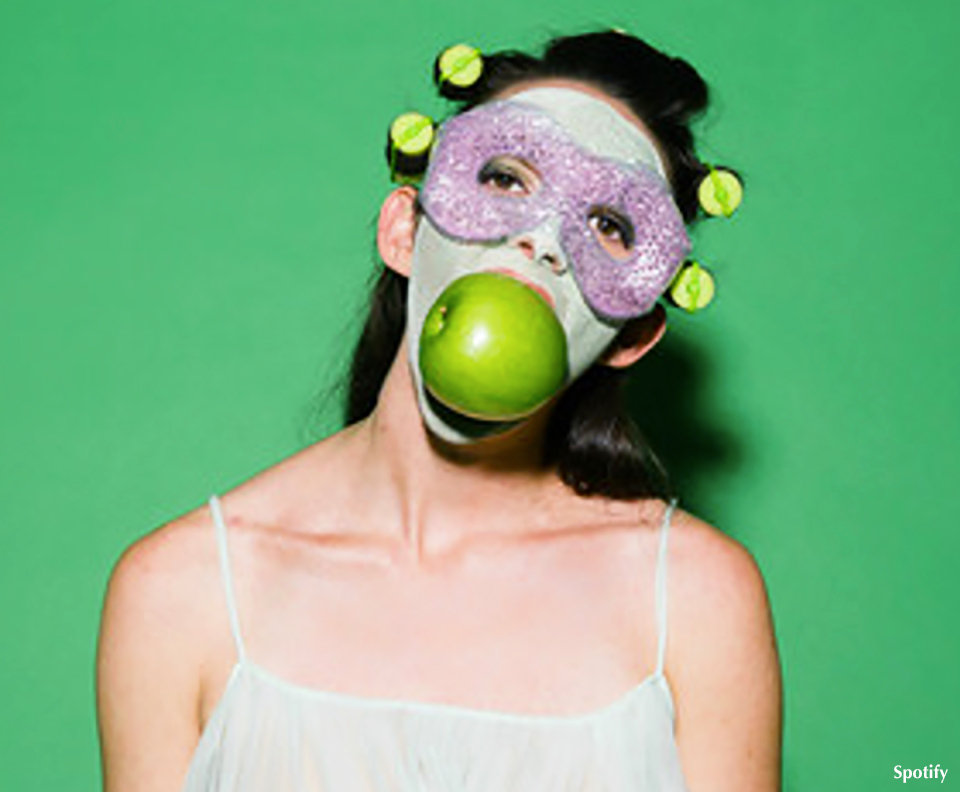The gray society: beyond first impression

They say that there is never a second chance after a first impression, and that the way you dress can say much more about you than you imagine.
While on the fashion catwalks around the world designers present revolutionary collections, we in the day to day, we are still conditioned when it comes to dress, thinking about what they will think or say about us.
Undoubtedly, clothes, style or color are elements capable of communicating our personality and from the point of view of psychology a lot of information has been obtained from different studies, collected in Psychology Today.
Business Insider recently reviewed several studies related to first impression. Among these, there were some that related the quality and cut of clothing not only to status, but also to intelligence level.
This, is one of the examples, where the influence of the judgment of others, especially in formal circumstances, conditions us when choosing our style.
Classic fashion: the first impression
One of the most recurring questions among fashion lovers is what to wear one season, but consumers usually opt for those classic garments that never go out of style.
Why is classic style so important?
Classic style carefully preserves the unique look, constancy, severity and restraint. Classic clothes are synonymous with elegance. Such clothes bring us harmony, grace and stability. Classic style is pacification and a sense of proportion in everything: in shapes, volumes and shades of color. A classic is never surprising because it has reliability and quality, without bright and flashy decorative elements.
But this does not mean that the classic style is monotonous and unattractive.
There are no right ways to dress, the important thing is that it is in line with our way of thinking and makes us feel comfortable with ourselves, we should not worry about what others think about how we dress.
The most innovative fashion trends
Clothes can bring a great deal of self-confidence, which has repercussions both in the workplace and socially.
For this reason, we must also learn to lose our fear of the first impression and break the rules of style to break the monotony, to play and have fun or simply to be disconcerting. Whatever the reason, the important thing is to feel comfortable.
The modern wardrobe owes its development not just to fashion designers in Paris or Milan but also to gangs and movements brought together by a shared appreciation of music, sport or a particular underground culture, and a certain style that defines membership. These styles have rocked establishments, created stereotypes, expressed social division as much as they have united people, entered the language, spread around the world, and, above all, transformed dress for a wider public.
100 Ideas that Changed Street Style
Everything that seems normal to us today was once something very innovative. These changes have been signed by people who, of course, have left their mark on the fashion world without the fear of the first impression. Here is a list of the most innovative designers in the fashion world to pay tribute to the revolutionary and pioneering minds that changed the rules of the game by being able to see the future and make it a reality:
- Paco Rabanne (1934) has been one of the pioneers of futuristic fashion. Together with Cardin and Courrèges, he used the latest high-tech synthetic sports fabrics to revitalize French haute couture with his space-focused fashion. In addition, Paco Rabanne surprised with the “Do It Yourself” dress, which was sold in a do-it-yourself box.
- Yves Saint-Laurent (1936-2008) was responsible for bringing a certain masculinity to women with his American suit. In the 1960s – although inspired by Melanie Dietrich in the 1930s – the Parisian designer created the suit for women, emphasizing the lapels and the front pleat of the pants, managing to maintain some femininity also with the darts on the waistband of the jacket and the close-fitting vest underneath.
- Rei Kawakubo (1942) arrived in Paris with Comme des Garçons in the early 1980s, presenting on the 1981 catwalk a new vision of fashion, which the press would call “Hiroshima chic” or “post-nuclear chic”. He also made black the characteristic color of avant-garde fashion, bringing minimalism, austerity with a post-modern approach to fashion. She questioned the feminine silhouettes, betting on a revolutionary fashion that would free women from sterotipulated garments.
- Elsa Schiaparelli (1890-1973) – became famous for using trompe l’oeil in her knitwear. She was also the main exponent of surrealist fashion and brought the world of dresses and costumes closer to the world of painting and art in general. Her collaborations with Dalí and Jean Cocteau are historical.
- Miguel Adrover is one of the most international self-taught Spanish designers today, who based his collections on the people and culture of New York and his travels around the world. He was born in a small town in Mallorca called Calonge in 1965 and from there he jumped to London, where he came into contact with the most underground scene of the city: the universe of the neo-punks and the new romantics.
- Vivienne Westwood began her career pushing boundaries. She opened her own boutique in London, appropriately named SEX. The designer defined a new generation of punk style, designing and dressing some of the most iconic punk rockers, such as the Sex Pistols. Westwood and Malcolm McLaren created one of the most provocative pieces of punk rock style: the bondage suit. Inspired by the standard military pants McLaren brought back from the United States, Westwood used black satin from British railway workers’ vests and added bondage straps to achieve the sadomasochistic look.
Would you be able to express yourself through the way you dress in your day to day life without feeling conditioned?
Sources: i-d.vice.com ; businessinsider.es ; lofficielmexico.com ; bbc.com ; lavanguardia.com ; itfashion.com ; vogue.es



